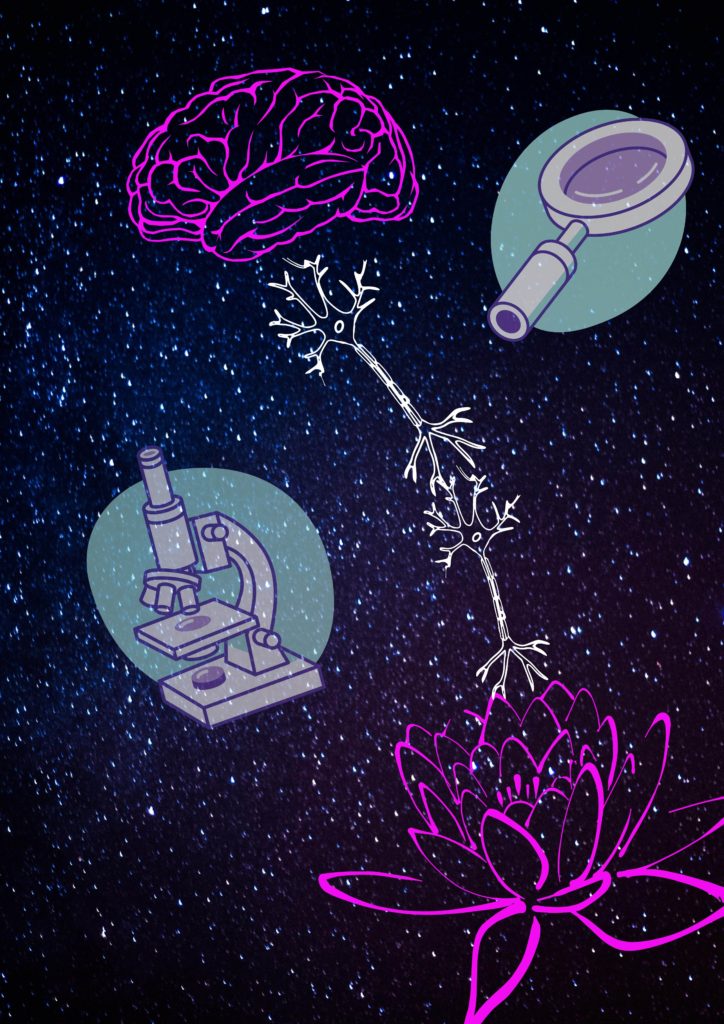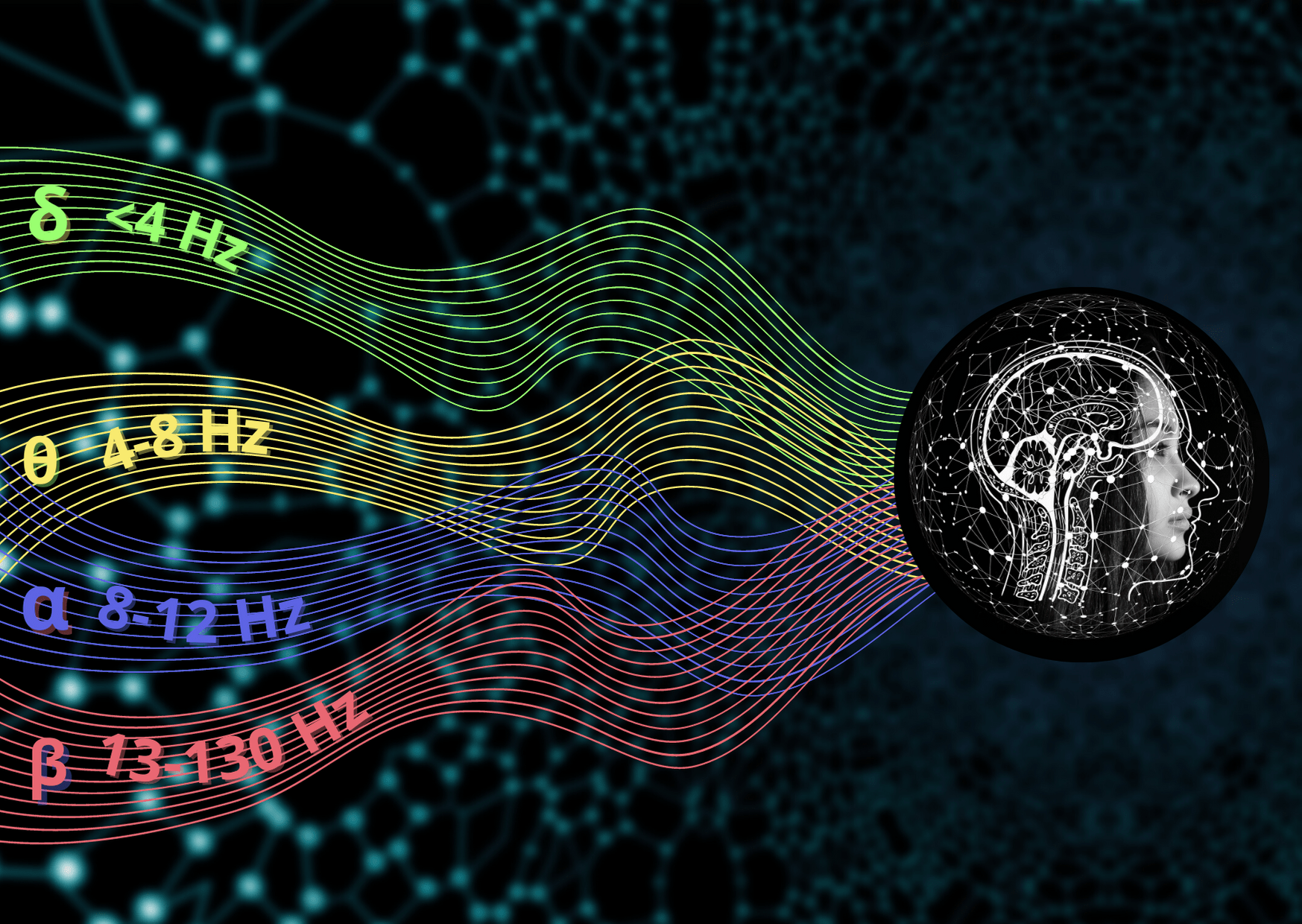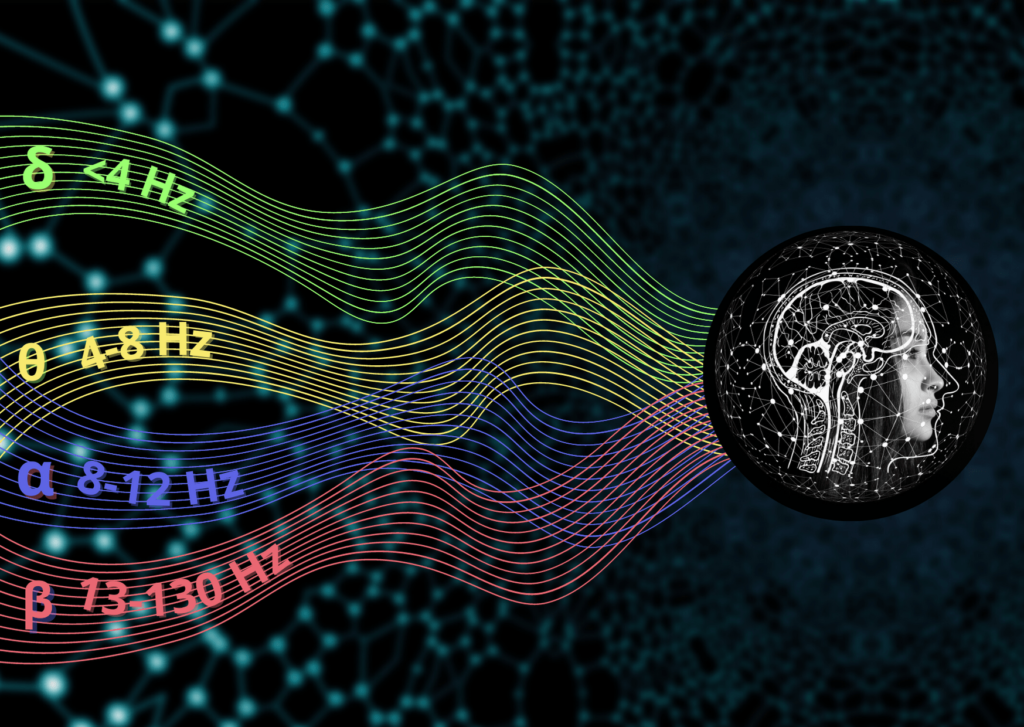Are we all conscious minds with a body? Or conscious bodies with a mind?
~
For centuries now, the brain and its various complexities have taken centre stage in every explorer’s… well, mind. Our ancestors certainly did not have the tools and resources we have at our disposal today, yet it has been proved, time and again, that they had the wisdom. Early explorers thoughts of our brain as not just another jelly-like organ, but the seat of intelligence, cognition, volition, and most importantly, of consciousness. the brain was thus synonymous with the mind. Indians called it ‘manas’, the Greeks called it ‘suneidesis’ and the Latins, ‘conscientia’. According to these early thinkers, the function of the brain transcended mundane control of the body and was considered to be far more subtle and mystic. However, as various cultures were evolving, the idea of our brain and its workings, evolved too. Traditional views about the mind and its function were overturned to usher in new thoughts and techniques of investigation. Thus, it was in the 16th century, that Andreas Vesalius, a Flemish anatomsit declared the brain as only a “highly specialized sense organ” in his grand treatise De Humani Corporis Fabrica (On the Fabric of the Human Body). Further, Franz Joseph Gall, through his studies in phrenology (study of the bumps in the cranial structure to predict a person’s mental traits), looked to establish the theory of “localization of function”, which posited that the body’s various functions were controlled by specific, demarcated areas in the brain. Although phrenology is now considered a pseudoscience, Gall’s studies certainly helped establish a deterministic and scientific method of studying the brain in the Occident world. This preliminary research was later widely expounded by Wilder Penfield in the 20th century when he successfully managed to “map” many sensory and motor cortices of the brain to specific limbs and motor areas of our bodies.
And yet, the question of the ‘mind’ within or with the brain, still remains unsolved and is a controversial topic of discussion among intellectuals of the 21st century. Despite numerous studies in various overlapping areas of neuroscience, psychology, and cognitive science, we are still struggling to pinpoint the origin of consciousness, and whether it is a physical entity, or simply a manifestation of something higher than our minds within us.
Deep Dive: Consciousness Explored
Consciousness, very simply put, is the sum of all states of our existence. These states could be waking, sleeping, dying, meditating etc. In the Indian context, the question of consciousness is not an exhaustive one. The various thinkers and philosophers that have walked on this land through the centuries have given different definitions and meanings to this mysterious property of all living beings. Ancient Hindu philosophy simply defined consciousness as “awareness” or intelligence and labelled it as “Chaitanya”. The Buddhist concept of consciousness, on the other hand, defined 9 levels of awareness and life itself. Of these, the first 5 levels are of our primary senses, such as sight, smell, taste, touch, and hearing. The last 4 are the mind consciousness (related to thoughts and ideas), self-consciousness (related to the understanding of self), the subconscious, and pure consciousness, respectively.

In recent times, however, a scientific derivation of consciousness has been put forward by many modern scientists. The most notable theory is the Integrated Information Theory (IIT), developed by Dr Christoff Koch and Dr Giulio Tononi. This theory aims to understand consciousness from the perspective of the laws of physics and puts down its existence solely due to complex neural networks and algorithms. In fact, the scientists working on this theory have also come up with a way to measure someone’s consciousness, with what they call the Consciousness meter! Read more about that here.
Meditation through the lens of neuroscience
Meditation of various kinds, be it transcendental, yogic, or mindful, is said to act as the rhetorical microscope to study one’s consciousness. Ancient practitioners of spirituality are said to have attained heighetend knowledge about their being and existence, through continuous meditation and introspection. What is interesting though is that in recent years, an explosive amount of research has been conducted to scientifically study meditation, and really understand its connection with the states of consciousness, with many claiming it to be one itself.
Starting in the late 20th century, due to advances in fMRI (functional Magnetic Resonance Imaging) and Electroencephalography (EEG) technology, progressive research was conducted on the changing brain states of an individual while meditating. Their brain activity was measured by measuring the delta (<4 Hz), beta (13-30 Hz), theta (4-8 Hz) and alpha (8-12 Hz) waves, associated with the electrical activity of the neurons in the cerebral cortex. Of these, the delta waves are measured during sleep state and the beta waves, during an alert and awake state. The findings of the research concluded that meditation helped our brain to not oscillate between the delta and beta states, but to remain in the theta state, which is a state of rest, combined with sharp alertness. Meditation thus helps our brain to remain in a restful state.

fMRI studies of neuroimaging further show that in meditators, structural changes to certain parts of the brain, such as the prefrontal cortex, are observed. These brain regions are associated with certain states of our consciousness, such as awareness and introspection. These changes are part of a wider area of research, called “neuroplasticity”, initiated by Santiago Ramón y Cajal in the late 19th century. Meditation thus allows our brain to strengthen some areas, such as attention, sensory perception, and awareness. Research has also shown that the amygdala region, associated with feelings of fear and anxiety, is shown to shrink with continued meditation practices.
~
In conclusion, we can now understand that spirituality and science may not be as mutually exclusive as thought of earlier. The question of how we exist as conscious beings are such an enigmatic one, that even though consciousness and spirituality may be highly subjective topics, yet with advances in human understanding and technology and a willingness to conduct groundbreaking, interdisciplinary research, that day is not far when we will be aware…of our awareness.
References:
- https://nimhans.ac.in/wp-content/uploads/2020/10/11.-Brain-Functions-A-Comparative-Overview-of-the-Modern-and-the-Ancient-Indian-Thoughts_161-165.pdf
- https://www.nature.com/articles/521160a#:~:text=Vesalius%20ruled%20this%20out%20 on,that%20could%20work%20against%20him
- https://alleninstitute.org/media/filer_public/1e/a2/1ea26ff9-8fba-4663-be30-d33a153ebc6
- Heartfulness magazine, October 2018- ISSN2455-7684
- https://www.hindawi.com/journals/np/2014/541870/
Writer

Luminaa Anandh
Co-Founder & Director of Communications

